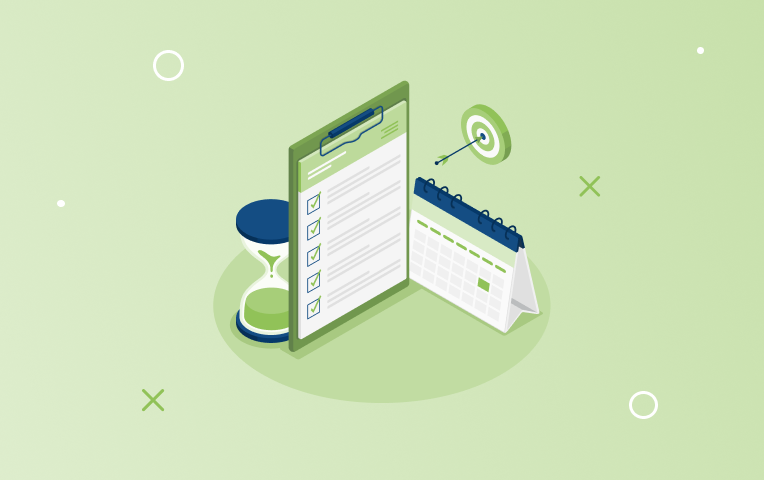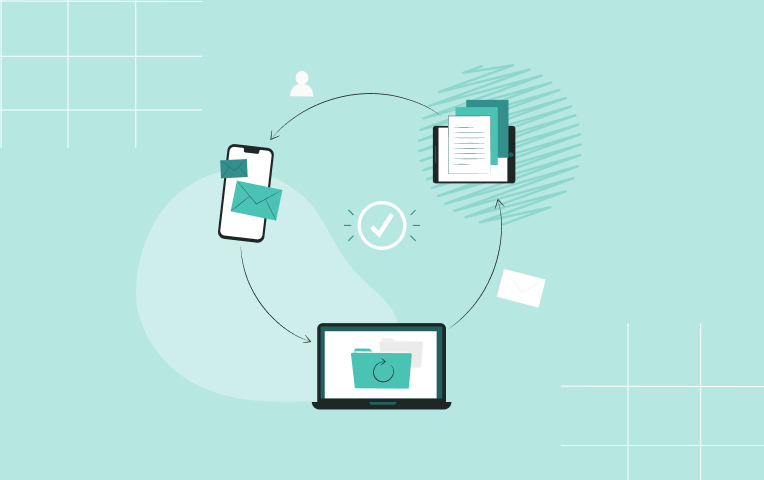Before your organization takes on any major project, it’s important to determine if your company is psychologically and behaviourally prepared for the change that comes with it. That’s how we define organizational readiness.
Fail to plan, plan to fail
A great implementation is all about being prepared for it. The more time you put in at the start, the smoother the execution.
So why is this important to understand before undertaking your Avanti implementation? Well, although we’re here to help guide you throughout the process, there is a certain onus that needs to be on you and your team to help ensure the implementation process goes off without a hitch.
When organizational readiness is high, team members are motivated and willing to change. They put more effort into the project and follow through on their accountabilities. This appetite for change leads to a much more successful implementation.
Conversely, when organizational readiness is low, you may experience the avoidance of tasks, resistance to planning, and a lack of participation from your employees.
But don’t worry, we have a ton of helpful tools and resources to help set yourself and your company up for success. We’re here to help with the Ready, Set, and Go.
Organizational readiness pillars
Change Management
One of the most important pillars of the organizational readiness framework, change management refers to the use of a structured process and/or set of tools that enable your company to implement change successfully within both your internal and external processes.
Having the proper methods in place ensures all stakeholders are aware of their roles and responsibilities and that no steps are missed or overlooked in the process.
For more information on change management and how to build a strategy, see our article on how to develop a change management strategy.
Business Process Mapping
This pillar refers to the creation of a flow chart or process map to create a visual display of the steps within a business process from start to finish. In your case, this could refer to all the steps required for a successful payroll run.
A good process map helps you dive in and understand all the steps required for a specific process, it also helps you identify areas for optimization, like what areas your new software can help you improve.
If you have any visual learners on your team, process mapping will be a valuable tool for them.
Policy Reviews
At this stage, we recommend you conduct a thorough review of all your HR policies (vacation, PTO, banked time accruals, union/collective bargaining, benefits administration, etc.).
Before you transition legacy policies over to a new system, it’s important to ensure those currently in place are still relevant and accurate to your organization. You don’t want to move over any information or outdated policies that no longer work for you. This stage ensures you make the necessary updates you need before moving to a new system. New software = a fresh start.
Data Conversion
We recommend an audit of your core data (including employee profiles and your previous year's payroll data) before beginning your implementation. This step will help you assess how ready your organization is to move to new software.
Cleaning up your old data before your implementation will pay huge dividends in the long run. Just like moving into a new house, getting rid of things you don’t need makes the whole process faster and gives you a clean slate to work with. Moving outdated, inaccurate, and irrelevant data to your new software is not in your best interest.
Once you’ve identified and cleaned up outdated or nonessential data, it’s worthwhile to make sure the data you are transferring is in order. Take the time to standardize naming conventions, validate all information, fill in missing data, and clean up duplicates.
Employee Profile Audit
Is the following information still up-to-date and accurate?
- Are your user-defined fields still relevant?
- Dates
- Employee statuses
Payroll Data Audit
In order for us to recreate new employee profiles in Avanti we will need the following information in CSV format:
- Employee Profile Reports
- Payroll History by Pay Period
Education & Training
Arguably the most important step in any implementation is bringing your team members along for the ride. In order to be successful you need to ensure you educate your internal and external stakeholders on the new process.
This may include running workshops, creating tailored training videos, or leveraging the training materials from your provider (in this case, us – Avanti!).




